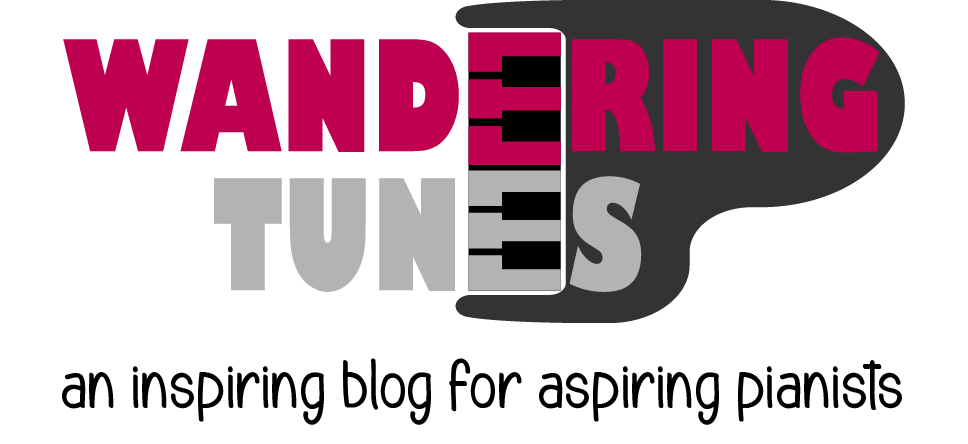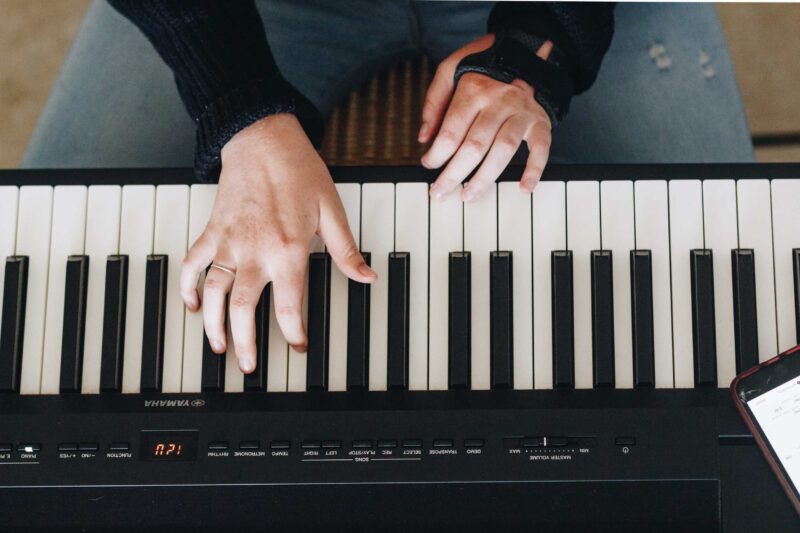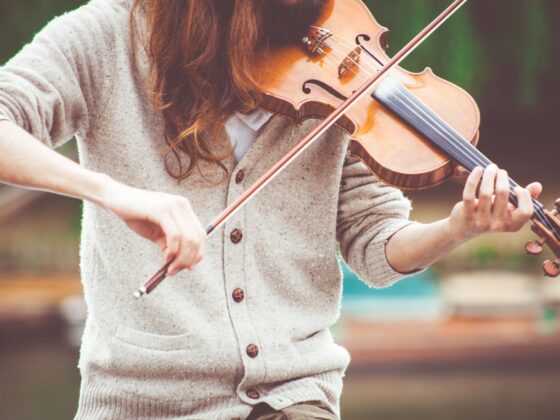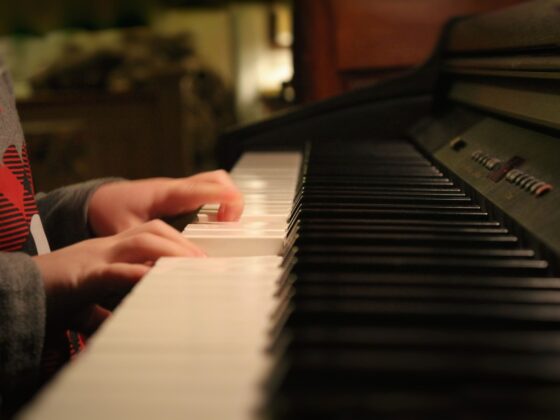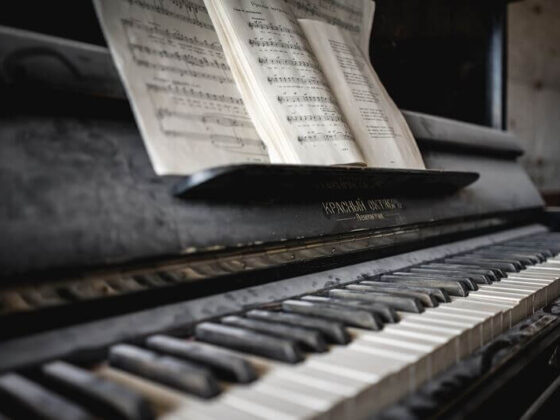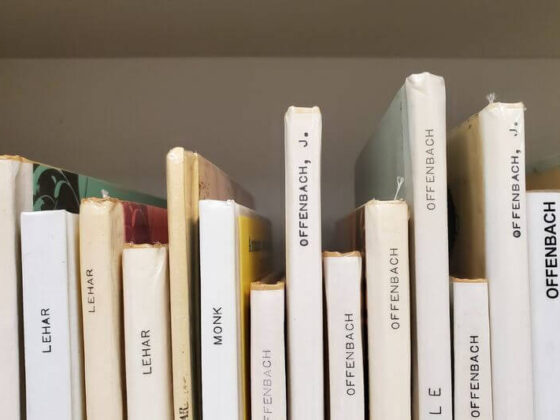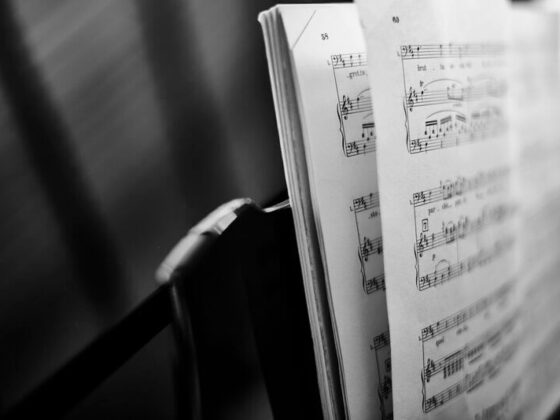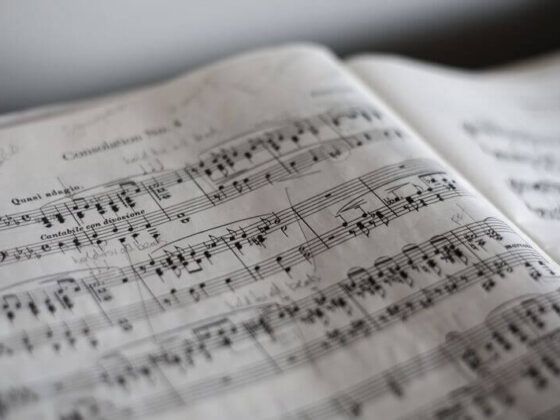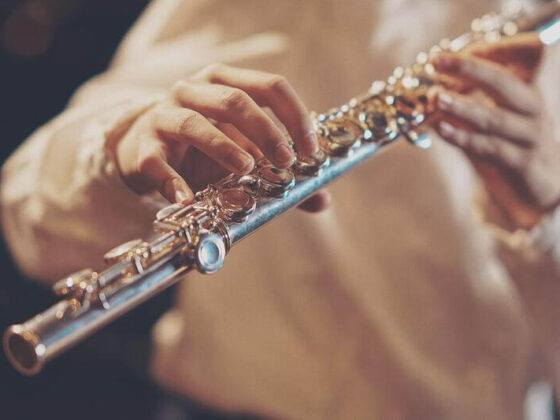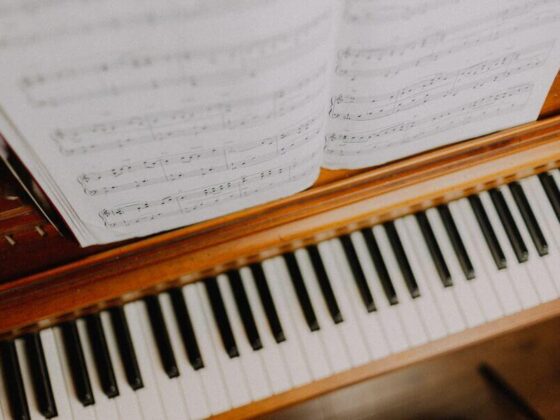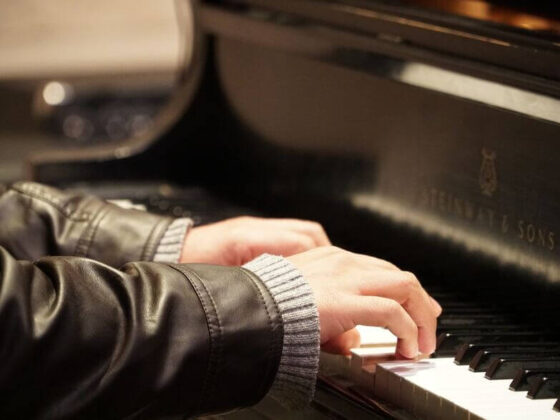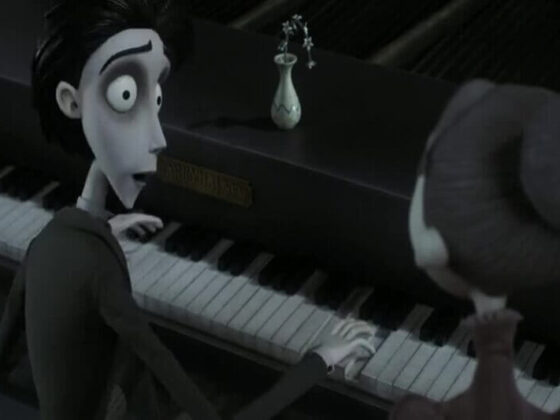How long does it take to play piano with both hands?
As a beginner piano player, you might be wondering if it takes too long to be able to play with both hands. While it mostly depends on the work and effort you put into it, this post may still give you a rough idea about what you can expect at your current level.
If you are a complete beginner with no prior training, it should take about 4 months to play easy songs with both hands. While it is possible to play with both hands from the very beginning, you will need some time to be able to use them smoothly without actively thinking, and that time is usually around 4 months for beginners.
However, I want to make it clear that after 4 months of practice, you won’t reach a level where you can play any song that requires both hands. More difficult songs will need much more practice, which I will elaborate on later in this post.
I will also give some tips on how you can learn to play with both hands faster!
But first, let’s go through the things you need to know about the basics of playing the piano with both hands.
How to Train Your Brain to Play Piano with Both Hands?
It can get extremely annoying if you are trying to combine your both hands for the first time! I’ve been there too, and I want you to know that the reason for this is not because you lack talent, but your right and left hand always tend to do the same thing due to the way your brain works.
So, how do you make your hands move independently to play a song?
- You should first start with learning the parts for separate hands. Don’t try to play both parts together right from the beginning, because your brain is not yet ready to process that complex task.
- While learning for the separate hands, make sure that you start practicing them at a very slow tempo. The worst thing you can do is to try to play them fast at the beginning because it will make everything a lot more difficult when you eventually try to play with both hands.
- Practice slowly with separate hands until you don’t have to think about the notes you are supposed to play. Memorizing the parts of separate hands will allow you to combine your both hands more easily. When your brain doesn’t have to remember the notes of the music, it can use its full capacity to coordinate both hands correctly.
- Once you memorize the parts of separate hands and you can play them without consciously thinking, you can start to try playing both hands together. Again, you should take it slow. Don’t feel frustrated if it doesn’t work at first, because you need to practice enough until your both hands move automatically and gain independence.
You can also check out this video by Pianote:
The fundamental thing you should always keep in mind about piano playing is the importance of REPETITION, and it applies to this situation as well. Without repeating enough, you won’t allow your brain to automatize the movement.
How Long Does It Take to Play Piano with Both Hands?
Learning the piano is a long process, and you should expect to use your both hands at different complexity levels based on how long you practice.
Let’s see some milestones so that you can have a better idea.
1 MONTH
It is definitely possible to use your both hands after one month of constant practice. Actually, I had several students who were playing with both hands only after 2 or 3 lessons.
With one month of practice, you can play very simple songs that have the same rhythms for both hands. An example of such a song may be the easy version of Heart and Soul.
4 MONTHS
4 months is a very good milestone at which you can start to play more complex songs with both hands. Now, you are not only able to play one note accompaniment with your left hand, but also two and three-note chords with more complex rhythms.
You can now move your left hand more frequently and faster, and play very easy classical songs or simplified versions of intermediate classical pieces. You can also play pop songs with simple arrangements.
This arrangement of Simple Gifts is my top recommendation for beginners in their 4th month. It is a perfect arrangement and challenging enough for this level. Plus the sheet music is free, so you may just go download it and start learning 😊
1 YEAR
If you keep practicing for a year, this is amazing because now you don’t have to worry about coordinating your both hands anymore. You will find yourself using both hands without consciously thinking.
Because now your brain automatically coordinates both hands, you don’t need to put effort into balancing your hands. Instead, you can start working on adding more expression and dynamics to your performance, which is a sign that you are progressing towards becoming an intermediate player.
You can now play the original arrangements of easy classical, pop, and rock songs.
At this point, these posts may help you to choose your practice songs:
Tips for Learning to Play Piano with Both Hands Faster
If you want to speed things up a little bit, there are some tips you can try. I’ve listed some of them to help you reach the milestones faster!
Practice Slowly
I know it sounds ironic, but trust me. Practicing slowly is the best method that you can use to speed up your process of playing with both hands.
When you practice slowly, your brain will process the information better and in a more detailed way. This will help your brain learn the movements more correctly, which will reduce the time you need to combine both hands.
Pick the Songs You Are Familiar With
If you try to learn the songs that you never listened to before, you will need time to memorize their melodies as well, which will slow down the process.
To learn to play with both hands as fast as possible, try to pick the songs that you already know to reduce the time you will spend learning the music. This will allow you to start learning the hand positions and fingerings of the songs right away!
Related: How To Pick The Best Songs To Practice: 6 TIPS
Practice Everyday
Consistency always gives better results for piano learners, because playing the piano is closely related to reflexes. When you practice consistently, your brain will less need to think about coordinating both hands, because it will become an easy automatic movement.
It doesn’t mean you should practice 7 hours a day like a professional player. You may be a busy working adult or a student, and 30-40 minutes a day will be enough to keep consistency.
Conclusion
No matter what you are learning, it always takes time if you want to master it, and playing the piano with both hands is no exception.
However, with enough practice and commitment, you can play your favorite songs in a rather small amount of time.
Don’t forget that playing the piano with both hands is a challenge for your brain, so don’t get frustrated if you fail at the beginning. Remember that with constant practice and enough effort, you will overcome those challenges just like everyone else.
